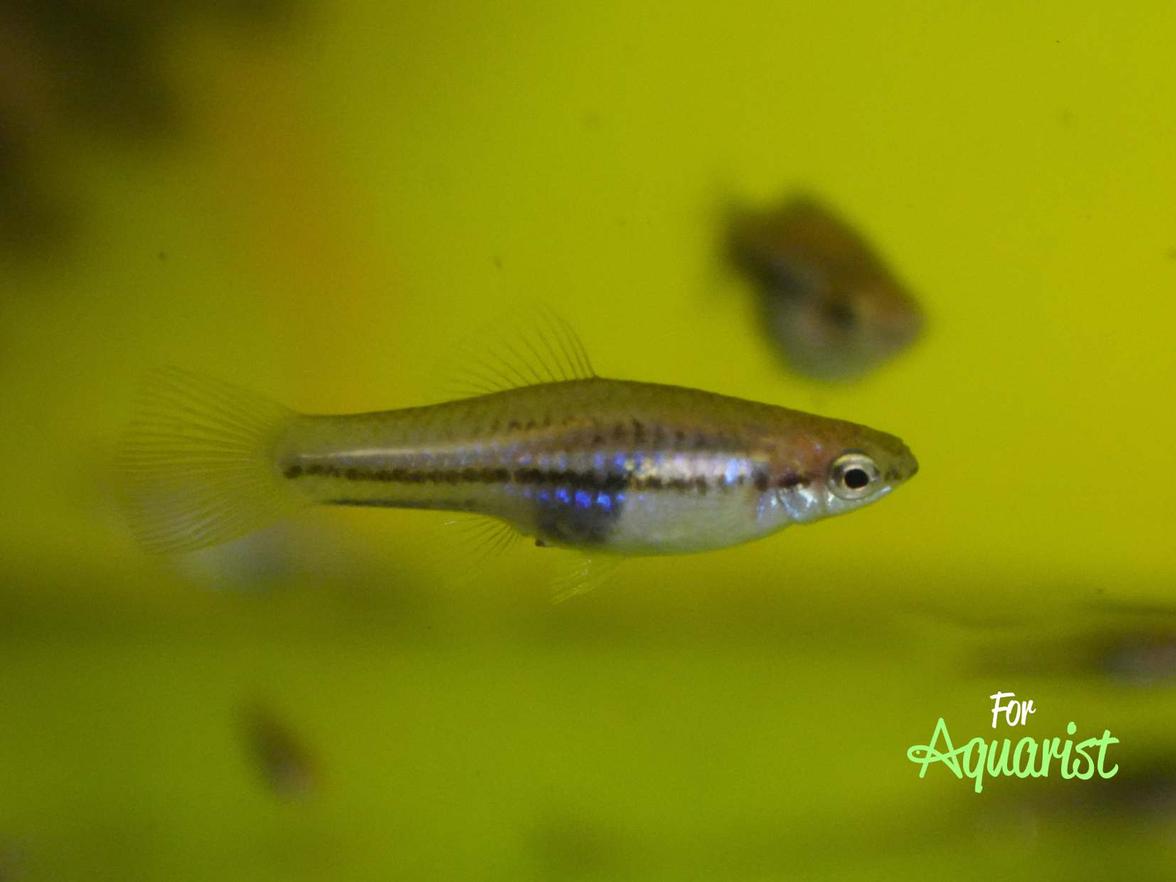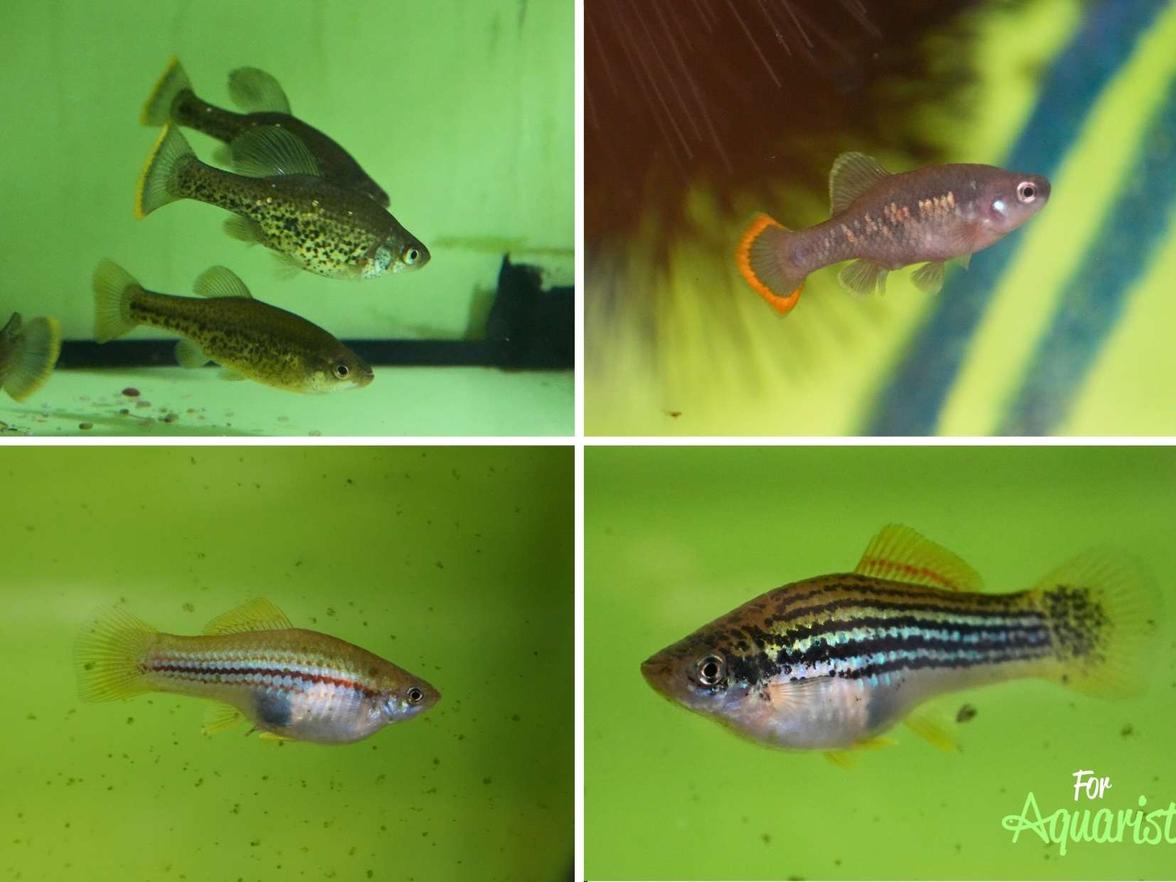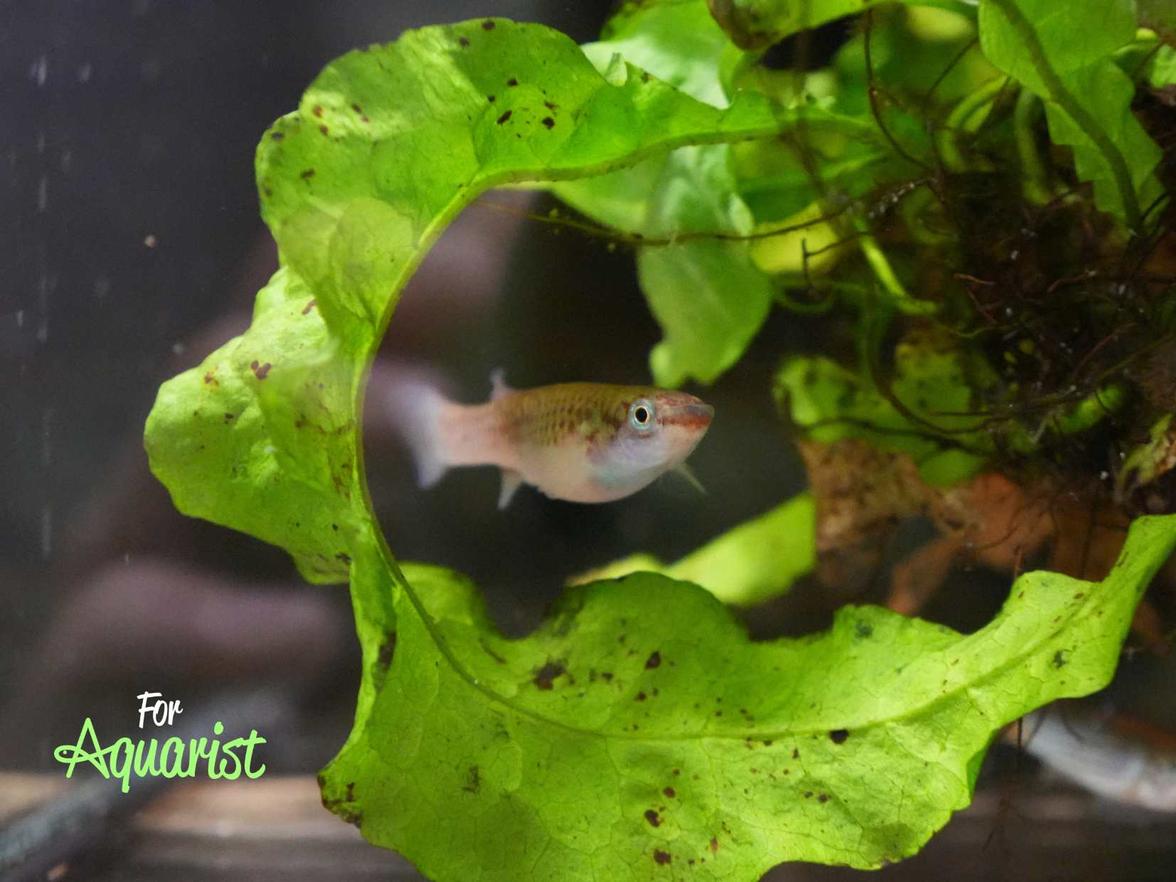Interview with Roman Štefanek (Part 2): Water is the key for healthy fish!
Why is water crucial for every aquarist? In this article, we will take a look behind the scenes of caring for thousands of fish, reveal the pitfalls of the neon tetra business, and shed light on the future of aquaristics in the Czech Republic.
Water: Key factor and challenges
Feeding plays a significant role.
Certainly. Czech fish are much larger than foreign ones. Here, they are often fed live food. I exhibit a yearling fish, and it is the same size as a three-year-old from someone else. But a vacation in the Caribbean is a different story; they feed them with halančík.
I tried microbeads, and after overstocking, it died, so I said I didn't want it anymore, and we buy everything. The threadfin, the brine shrimp, the coretra, the jabronka get 2x live food. Everywhere, fry hatch out with breeding pairs.
How do you prepare the water?
Water is a huge problem today. There are many harmful substances in wells. Everyone should have activated carbon. Those who have good water and can maintain it, even with sensitive fry, must be careful. Water is starting to become a bigger problem than before. Today, it’s all about the water.
Here from Brdy, the water in the streams is still relatively good. A bit further away, the water had a pH of 5, only the conductivity changed. When it hadn't rained for a long time, the water flowed like honey. That was added to the eggs. It took little, and it worked.
Because the water changes every moment, I had to learn to make water artificially to have it the same all year round. But it still isn't the same.
Those who have water from the mains, it changes there. Spring comes, and the layers in the reservoirs shift, and the fish die, and then after two months, it stabilizes, and they say it’s fine again, and in the fall, the same thing happens. Again, those layers change.
And do you use activated carbon?
I ultimately don’t.
I wanted to put activated carbon in there. I had problems because the Loricaria didn't even start to spawn and were dying. Now suddenly, they started to hold on.
And you don’t use osmosis?
I only use osmosis for halančík and shrimp.
If they don’t give me dehumidifiers, I’ll run osmosis; I have a large professional one. 200 l/hour. I run it once in a while for an hour, and I have plenty of water. So we no longer breed neons. We had a column for them.
I didn’t want to have anything to do with lye and acid during regeneration, so I got rid of it. Today, many fish cannot be bred without a column. Osmosis is not enough. It cannot remove as much as a column can. Whoever is satisfied with osmosis must be happy. Whoever isn’t must switch to a column.
So what do you do to have nice fish?
I feed live food. Dry halančík is not accepted much. Common species, for example, Fundulopanchax gardneri or even Fundulopanchax sjostedti and some Aphyosemion take dry food.
Still about the water. We have very hard water from the well.
You can breed Nothobranchius in hard water. They work super in hard water. They suffer heavily from oodinium. In hard alkaline water, this disease has no chance. Even during breeding, Nothobranchius is not affected.
That’s a good tip.
They would definitely thrive there. I had to stop with them. I went to the vet, and they discovered three types of bacteria, so I gave up.
How do you handle it when you have some complicated diseases?
With fish, it’s almost everything, but as long as the fish is in good condition, it can survive. If it spends some time in nitrite-laden water or unsuitable pH, those diseases will start to manifest immediately.
Do you have any tested veterinarians?
We sent fish to České Budějovice for veterinary care, especially when Dr. Prouza was there for fish diseases. In the end, we found out that it could be treated, but I would have to keep those fish permanently because it’s from this water. It only affected Nothobranchius. Another fish swam with them, but only this Nothobranchius got it.
Community and the future of aquaristics
What about halančík, do you meet outside of exhibitions?
In spring, we have spring meetings. We have a meeting and agree on the preparation for the exhibition. Attendance is about 70%.
Do you compete abroad as well?
This year, we were already in the Netherlands. We took fish to Germany.
We couldn’t transport fish to Spain. There will still be one in Italy at the end of June. I would like to go see France.
That will be in the background. At the same time as in Prague, there will also be one in Sweden.
We were supposed to have a date a week earlier, but due to the anniversary of the Botanical Garden in Prague, they didn’t give us that date.
How long does it take to prepare for an exhibition?
The corpses, sand preparation, filling, tying plants to stones takes about 3–4 days.
Plans for the future
What are your plans for the future?
Expanding shrimp. I have prepared and filled tanks for them because we thought they would arrive 100% from Malaysia. Now I’ve sent a link to the zoo, and we’ll see. I’m aiming for Aphyosemion joergenscheeli. That’s a challenge for me and a top halančík.
Now I received eggs from Portugal. Next week I will be watering them.
And anything at home?
Just that. People are glad they don’t see it at home. There’s a lot of it. I spend all my time here in the basement. I sometimes procrastinate, but I already know what I can leave for the next day and what must be done, even if I have to stay up all night. But sometimes it doesn’t work out either.
And then one regrets... One regrets not having done it....
I would definitely get Loricaria that burrow into the sand, with only their eyes showing. They are white-black... Pseudohemiodon apithanos. They are beautiful, but we’ll see. They are quite expensive. Maybe for retirement. I used to have farlowelli. Now I have six species of loricariids.
Has anyone influenced you?
I learned a lot from Luboš Borovka from Vodňany. I even had a breeding facility with him for a while. About five years.
When you have the luck that someone talks to you about it, it’s great. That happened a lot in South Bohemia. What I experienced here in Central Bohemia, I didn’t understand. One doesn’t let the other into the fishery. They look each other in the eye and don’t want to help. Mainly as long as the other doesn’t breed that species.
I’m happy to advise, but everyone has different conditions, and what works for me may not work for others. For example, there are two breeding facilities of the same type; one copies the other and doesn’t succeed.
It seems so limited to me. It doesn’t matter if my neighbor does it or someone in Moravia.
Similarly, everyone offers the same fish at the same wholesalers. In the south, people seemed friendlier to me. They helped each other.
Yes, even in the articles or publications of Dr. Bydžovský, who is from České Budějovice, there are guides on breeding. Or in the book “Neons.”
Everyone does it completely differently anyway, and it has to be adapted to the breeding facility, mainly the water. And everyone has to do it according to how it works in their fishery. There is no universal recipe. Someone breeds neon at 20 µS, and someone at 80 µS. The only thing that matters is pH. For general neon, it shouldn’t drop below 6.5 pH. Then the fry already have problems, especially when it drops below 6 pH. When it already swims, it can be 7 pH.
Some people tighten it from the first day. Everyone tweaks it as needed.
I left it for a while. I only started again about seven years ago. Before that, I had a mortgage, and the fish were due in half a year. And it was still hard to get from those companies. So I had to work differently. Before, companies didn’t pay, and now it’s good. I had a break of about seven years. I had nothing and wasn’t allowed to do aquaristics. And then it started. We’ll get an aquarium. Once we have an aquarium, we’ll do a few breeding...
So actually, the fish helped you to acquire property at quite a good time.
That’s true. It was still a reasonable price. But the beginning, probably the first three years, was terrible. From 5:00 AM to midnight. The neons didn’t thrive; they were dying until I figured it out.
One thinks they know how to do it, moves, and finds out they don’t know anything and have to start all over again.
That’s interesting; many aquarists say that they move and it doesn’t work out.
One learns to do something, and when the water changes, it’s different.
In Vodňany, for example, the water in the aquariums was almost completely drained. It was heated to 22 °C through the boiler and directly topped up for the fish. The fish were covered in bubbles, but there was no problem. The water didn’t cloud. The filters were washed at work in Savo. Some even dried out completely. So completely dry blocks of foam were put into the aquarium, and the water was great.
Every fifth day, we changed 90% of the water. Here, I can’t afford to change more than half the water a week. For fry, about 10%. If I change more, they die.
I don’t know what happens with that water, but that’s just how it is. Until one learns to work with it, it takes a while.
How do you see the future of aquaristics as such?
There are no circles, and associations are not doing well either. I see it bleakly. It would probably be good for the situation to settle a bit. As soon as there’s a problem, the first thing to go is the hobbies. People won’t keep fish that are energy-intensive at home. They don’t want to heat the aquarium to 28 °C. They are already thinking about whether their heater will last; I don’t know.
In the past, everyone had an aquarium at home. Children saw it at home, and someone built a relationship with it for life. Or I know that people come and say, “We always had an aquarium at home. I would like to have an aquarium.” But today, many children can’t say when they grow up that they would want one because they don’t have it at home in their childhood.






